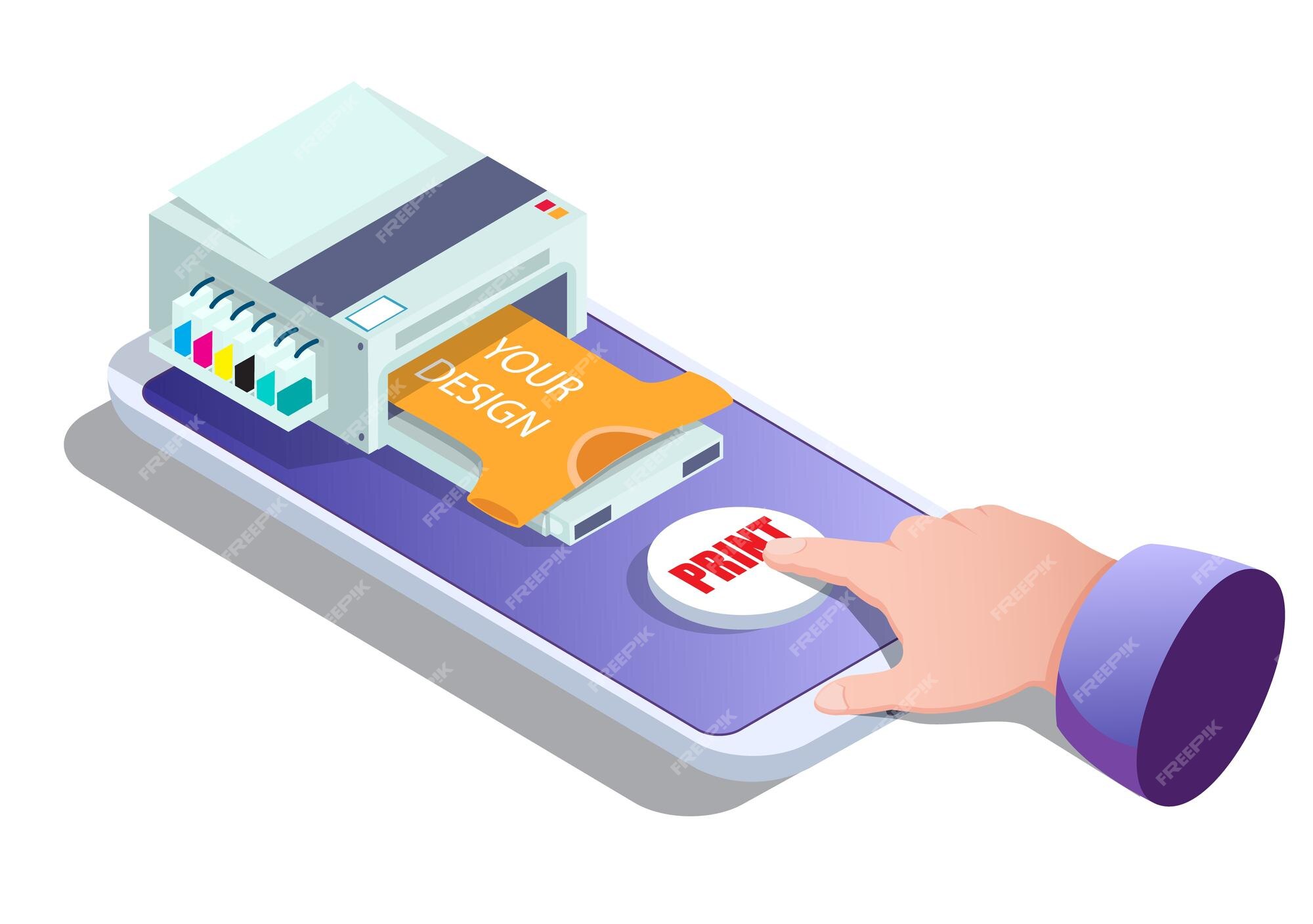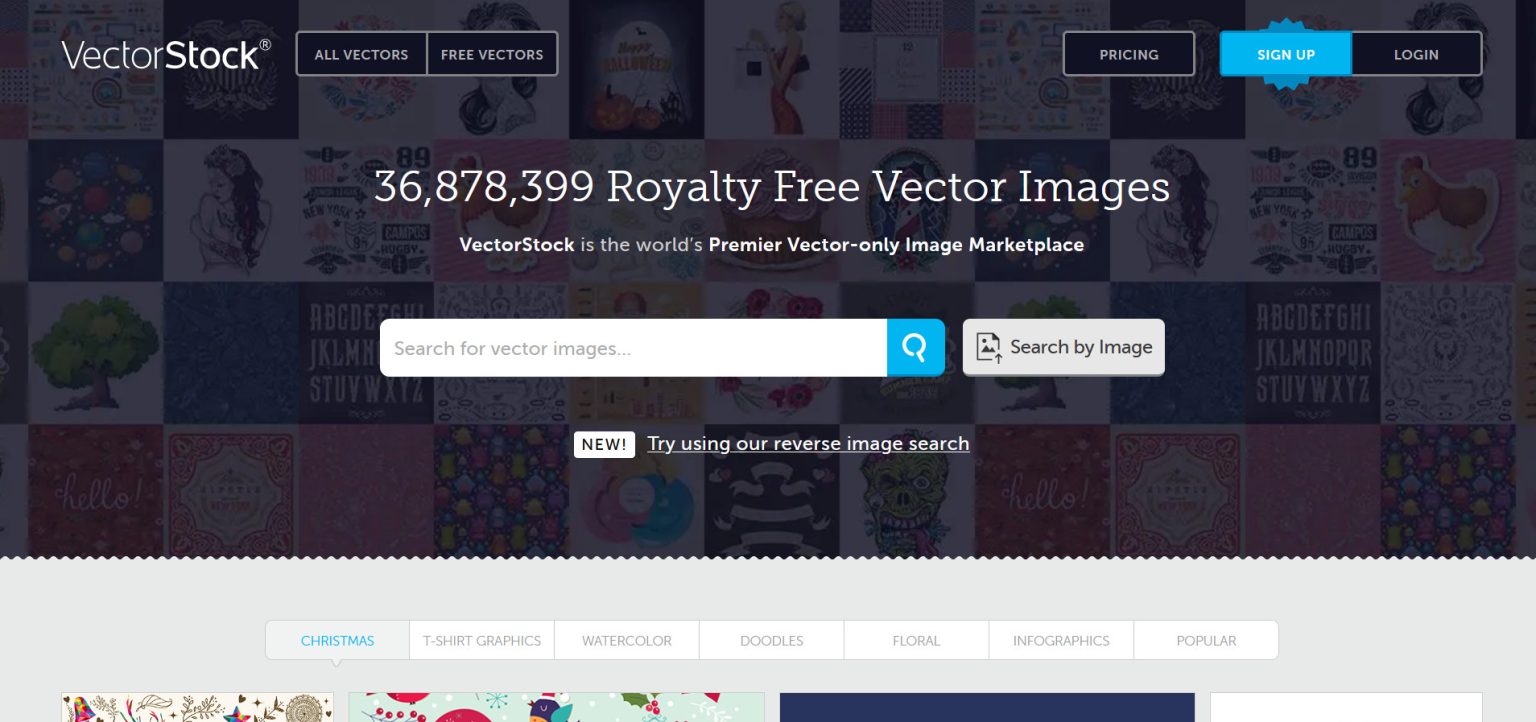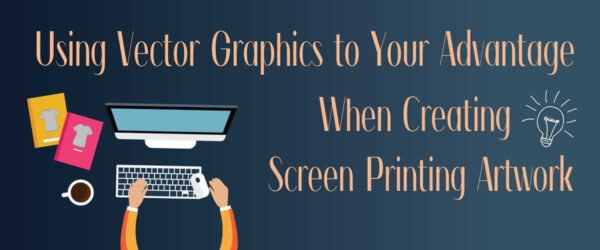Have you ever dreamed of selling custom-designed products without the hassle of inventory? That’s where print-on-demand (POD) comes in! This innovative business model allows you to create and sell items like t-shirts, mugs, and wall art, with your designs printed only when a customer places an order. But to truly stand out, you need graphics that are not just beautiful but also scalable. Enter vector graphics—the magic behind stunning, high-quality images that can be resized without losing clarity.
In this post, we’ll dive into how VectorStock graphics can elevate your POD projects. Whether you’re an aspiring artist or a seasoned designer, understanding the synergy between POD and vector graphics will set you on a path to success.
Understanding VectorStock: Overview and Benefits

VectorStock is an online marketplace that specializes in vector graphics. Think of it as a treasure trove for creatives seeking high-quality images suited for various projects, including print-on-demand. So, why should you consider using VectorStock for your POD ventures? Let’s break it down:
- High-Quality Graphics: VectorStock offers a vast collection of professionally designed vector images. These graphics are perfect for print-on-demand because they maintain their quality, regardless of size adjustments.
- Affordability: With various subscription plans and pay-per-download options, you can find something that fits your budget. This means you won’t have to break the bank to access top-notch designs.
- Easy to Use: The platform is user-friendly, making it simple to search for graphics by category, style, or keyword. You can quickly find the perfect design to match your vision.
- Licensing Flexibility: VectorStock provides clear licensing options, so you can confidently use their graphics for commercial purposes without worrying about legal issues. This is crucial for POD businesses!
Let’s take a closer look at some specific benefits of using VectorStock graphics in your print-on-demand projects:
| Benefit | Description |
|---|---|
| Scalability | Vector graphics can be resized infinitely, which means your designs will look crisp and clear on any product, from a tiny sticker to a large canvas. |
| Customization | With vector files, you can easily edit colors, shapes, and elements to tailor designs to your specific audience or niche. |
| Diverse Styles | Whether you’re looking for modern designs, vintage illustrations, or playful graphics, VectorStock has a wide variety to choose from. |
In summary, VectorStock is an excellent resource for anyone looking to enhance their print-on-demand offerings. With its extensive library of vector graphics, user-friendly interface, and affordable pricing, you’ll be well-equipped to create stunning products that customers will love.
Also Read This: The Top Fall-Themed Graphics on VectorStock for Seasonal Campaigns
3. Licensing and Usage Rights for Vector Graphics

When diving into the world of vector graphics, understanding licensing and usage rights is crucial. Not all vector graphics are created equal, and the licensing terms can significantly impact how you can use these resources in your print-on-demand projects.
Typically, vector graphics come with one of several types of licenses:
- Royalty-Free License: This is the most common type of license you will encounter. It allows you to use the graphics without paying royalties each time you use them. However, there are usually restrictions on resale and distribution.
- Extended License: If you plan to use the graphics in products for resale, consider an extended license. This often allows for broader usage, including commercial products.
- Editorial Use Only: Some graphics are restricted to non-commercial use or editorial purposes like blogs or articles. Make sure you check this before using them in a product for sale.
Before downloading any vector graphic, always read the license agreement. This ensures that you are compliant with usage rules and protects you from potential legal issues down the line. For example, if you use a graphic marked "editorial use only" in a t-shirt design that you sell, you could face copyright infringement.
Additionally, consider how you plan to use the graphics. Are you creating a limited edition print? Or a mass-produced item? Your usage type will determine the kind of license you need to purchase. Always choose wisely to ensure your project runs smoothly and legally!
Also Read This: How VectorStock Graphics Make Design Projects More Fun and Engaging
4. How to Choose the Right Vector Graphics for Your Projects

Choosing the right vector graphics for your print-on-demand projects can feel daunting, but it doesn't have to be! Here are some practical tips to make the selection process easier:
- Know Your Audience: Start by understanding who your target customers are. Are they trendy, classic, or whimsical? Tailoring your designs to their preferences will significantly enhance your sales potential.
- Pick the Right Style: Vector graphics come in various styles—flat, 3D, hand-drawn, and more. Choose a style that aligns with your brand identity. For example, if your brand has a vintage vibe, opt for hand-drawn or retro styles.
- Consider Color Schemes: Colors evoke emotions and can influence purchasing decisions. Make sure the colors in your graphics complement your product and resonate with your target audience. Tools like Adobe Color can help you create harmonious palettes.
- Check for Scalability: One of the beauties of vector graphics is their scalability without loss of quality. Ensure the graphics you choose can be resized to fit various products, from t-shirts to mugs, without losing their detail.
- Think About Trends: Stay updated on design trends to keep your collections fresh. Websites like Pinterest and Behance can provide inspiration, helping you identify what’s hot right now.
Finally, don't hesitate to experiment! Sometimes, you might discover an unexpected gem that resonates perfectly with your audience. Trust your instincts and have fun with your designs—after all, it’s about creating something you love!
Also Read This: Why Digital Marketing Agencies Rely on VectorStock for Visual Content
5. Integrating VectorStock Graphics into Your Print-on-Demand Designs
So, you’ve decided to use VectorStock graphics for your print-on-demand projects—great choice! Integrating these high-quality vector images can elevate your designs and make them stand out. But how do you incorporate them effectively? Let’s break it down!
First things first, choose the right graphics. VectorStock offers a plethora of categories, from abstract designs to detailed illustrations. Think about your target audience and what resonates with them. For instance, if you're creating products for kids, fun and colorful graphics will be more appealing than something too abstract or muted.
Next, always check the resolution and size. Vectors are scalable, meaning they can be resized without losing quality. However, ensure that the dimensions you choose fit your product specifications. For example, if you're designing a t-shirt print, make sure your graphic has a resolution suitable for fabric printing—typically around 300 DPI.
Now, let’s talk about color schemes. One of the perks of using vector graphics is the ability to customize colors easily. Make sure the colors you choose align with your brand’s palette. If your brand colors are bold and vibrant, select graphics that complement those tones, or adjust the colors of your vectors to match.
Another important aspect is layering and composition. Don’t just plop a graphic onto your design. Consider how it interacts with text and other visual elements. For example, if you’re creating a coffee mug design, you might want to place a vector image of a coffee cup behind a playful text that says, “But first, coffee!” This layering creates depth and interest.
Finally, always test your designs before going live. Print out samples if possible, or use mockup tools to visualize how the final product will look. This step is crucial to ensure that your graphics translate well from screen to print.
Also Read This: The Role of VectorStock in Healthcare Marketing Campaigns
6. Common Mistakes to Avoid When Using Vector Graphics
Diving into the world of vector graphics can be exciting, but it’s easy to make some missteps along the way. Here are a few common mistakes to watch out for:
- Ignoring Licensing: Always double-check the licensing agreements. Some graphics may have restrictions on commercial use, so it’s vital to know what you can and cannot do with the images.
- Overcomplicating Designs: While it can be tempting to use multiple graphics, simplicity is key. A cluttered design can confuse your audience. Stick to one or two main elements that convey your message clearly.
- Neglecting Brand Consistency: Ensure the graphics match your brand’s identity. If your brand is known for minimalist designs, using overly ornate vectors can create a disjointed look.
- Forgetting to Optimize for Different Products: A graphic that looks great on a t-shirt may not translate well to a mug or tote bag. Always tailor your designs for the specific product you’re creating.
- Overlooking Print Quality: Not all vector files are created equal. Before finalizing your design, make sure the vector is clean, with no stray points or unnecessary details that could affect print quality.
Avoiding these pitfalls will help you make the most out of your VectorStock graphics and ensure that your print-on-demand projects shine!
Also Read This: Transforming Your Brand Identity with Unique Vectors from VectorStock
7. Case Studies: Successful Print-on-Demand Projects with VectorStock
When diving into the world of print-on-demand (POD), real-life examples can be incredibly inspiring. Let's take a look at some successful projects that have utilized VectorStock graphics to create stunning products.
Case Study 1: Artistic T-Shirts
- Brand: ArtWear
- Concept: A line of eco-friendly t-shirts featuring unique, eye-catching designs.
- Graphics: ArtWear sourced high-quality vector graphics from VectorStock, focusing on nature and abstract themes.
- Outcome: The t-shirts became a hit at local art fairs, with an increase in online sales by 150% within the first three months.
Case Study 2: Customized Home Decor
- Brand: HomeVibes
- Concept: Personalized wall art that allows customers to customize text and colors.
- Graphics: Using VectorStock, HomeVibes selected versatile vector illustrations that complemented the customizable aspect of their offerings.
- Outcome: The interactive element of customization, combined with high-quality graphics, resulted in a 200% growth in customer engagement and a loyal following on social media.
Case Study 3: Professional Stationery
- Brand: PaperPro
- Concept: Premium stationery sets for corporate gifting.
- Graphics: VectorStock’s elegant designs provided the perfect backdrop for PaperPro’s branding.
- Outcome: Partnering with local businesses, PaperPro saw its sales triple in the first year as clients loved the professional look and customizable options.
These case studies highlight the versatility and effectiveness of VectorStock graphics in the POD space. Whether it's apparel, home decor, or stationery, there's a clear trend: quality graphics can elevate a product and resonate with customers. Now, let's explore how to optimize these vector graphics for the best print quality.
8. Tips for Optimizing Vector Graphics for Print Quality
Getting the best print quality from your vector graphics is essential for making a lasting impression. Here are some practical tips to ensure your designs shine:
- 1. Use the Right File Format: Always save your vector files in formats like .AI or .SVG to maintain scalability and quality. Avoid raster formats like .JPEG for your original designs.
- 2. Maintain High Resolution: When converting vectors to raster for certain applications, ensure that you export at a minimum of 300 DPI. This ensures clarity and sharpness in prints.
- 3. Check Color Modes: Always work in CMYK color mode for print designs. This helps you visualize how colors will look when printed, avoiding any surprises.
- 4. Simplify Designs: While intricate designs can look stunning on-screen, simplify them for print. Complex elements may not translate well, especially at smaller sizes.
- 5. Standardize Fonts: Use standard fonts that are widely supported and convert all text to outlines before printing to avoid any font issues.
- 6. Test Prints: Before full production, always run a test print of your design. This can help identify any scaling or color issues that need adjusting.
- 7. Collaborate with Your Printer: Communicate with your chosen printer about their specific requirements and preferences. They can offer valuable insights on optimizing files for their equipment.
By following these tips, you can ensure that your vector graphics look fantastic in print, capturing the attention and admiration of your customers. Remember, the quality of your graphics directly reflects on your brand, so don't skimp on the details!
 admin
admin








